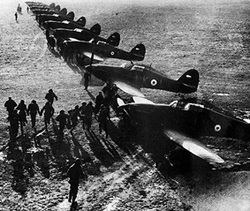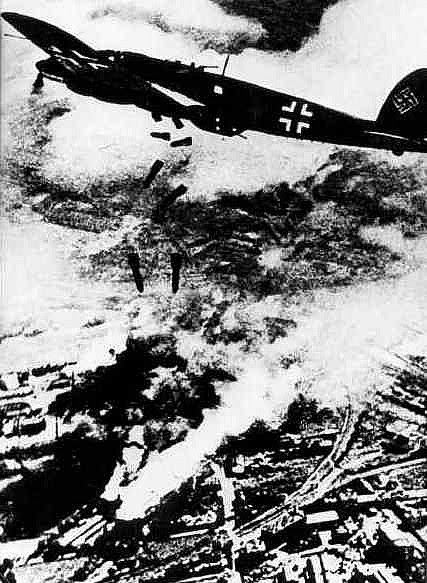
Modern historians use the term casually as a generic description for the style of maneuver warfare practiced by Germany during the early part of World War II, rather than as an explanation. Modern historians now understand blitzkrieg as the combination of the traditional German military principles, methods and doctrines of the 19th century with the military technology of the interwar period. In 2005, the historian Karl-Heinz Frieser summarized blitzkrieg as the result of German commanders using the latest technology in the most advantageous way according to traditional military principles and employing "the right units in the right place at the right time". The Wehrmacht never officially adopted it as a concept or doctrine. Student described it as ideas that "naturally emerged from the existing circumstances" as a response to operational challenges.

Kielmansegg asserted that what many regarded as blitzkrieg was nothing more than "ad hoc solutions that simply popped out of the prevailing situation". Some senior officers, including Kurt Student, Franz Halder and Johann Adolf von Kielmansegg, even disputed the idea that it was a military concept. According to David Reynolds, " Hitler himself called the term Blitzkrieg 'A completely idiotic word' ( ein ganz blödsinniges Wort)".

ĭespite being common in German and English-language journalism during World War II, the word Blitzkrieg was never used by the Wehrmacht as an official military term except for propaganda.

During the Battle of France, the French made attempts to reform defensive lines along rivers but were frustrated when German forces arrived first and pressed on. Blitzkrieg operations capitalised on surprise penetrations such as that of the Ardennes forest region, the general Allies' unreadiness and their inability to match the pace of the German attack. German maneuver operations were successful in the campaigns of 1939–1941, and by 1940, the term blitzkrieg was extensively used in Western media.


 0 kommentar(er)
0 kommentar(er)
